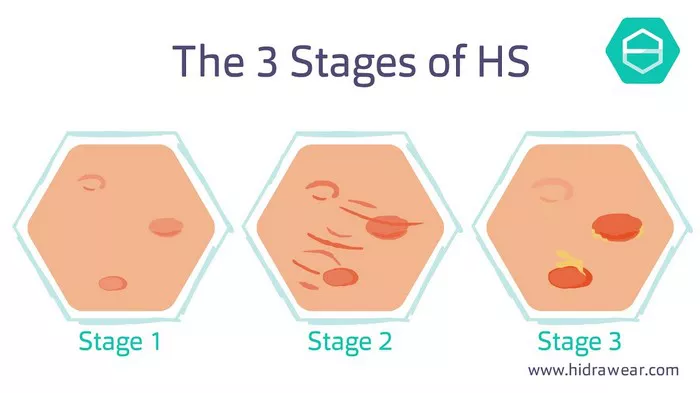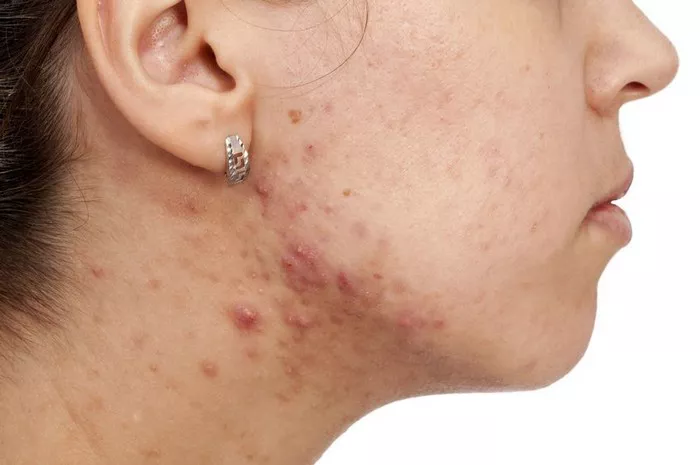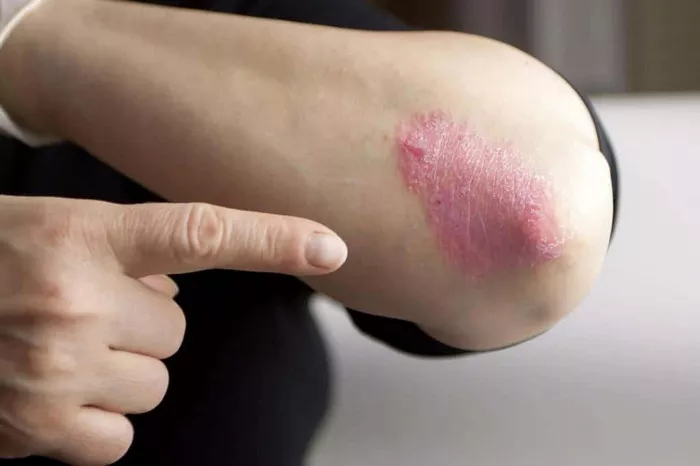Hidradenitis Suppurativa (HS), also known as acne inversa, is a chronic skin condition characterized by painful, inflamed lesions typically found in areas where skin rubs together, such as the armpits, groin, buttocks, and under the breasts. HS can significantly impact the quality of life of those affected, causing physical discomfort, emotional distress, and in severe cases, functional impairment. Understanding the stages of HS is crucial for early detection, effective management, and improved outcomes for individuals living with this condition.
Stage 1: Hurley Stage I – Single or Multiple Isolated Lesions
The first stage of HS, as classified by the Hurley staging system, typically involves the formation of single or multiple isolated lesions. These lesions often present as tender, red bumps or small abscesses that may resemble boils or pimples. At this stage, individuals may experience intermittent flare-ups characterized by the sudden onset of pain, swelling, and drainage of pus or blood from the affected areas. While the lesions in Stage 1 are limited in number and size, they can still cause discomfort and may be prone to recurring episodes.
Stage 2: Hurley Stage II – Recurrent Abscesses with Sinus Tracts
In Stage 2 of HS, the condition progresses to involve recurrent abscesses accompanied by the formation of sinus tracts or tunnels beneath the skin’s surface. These sinus tracts connect the affected lesions, creating a network of interconnected channels through which pus, blood, and inflammatory debris can accumulate and spread. As a result, individuals with Stage 2 HS may experience more frequent and severe flare-ups, along with prolonged healing times. The presence of sinus tracts increases the risk of secondary infections and complications, further exacerbating the symptoms and impact on daily life.
Stage 3: Hurley Stage III – Diffuse Involvement with Scarring and Tunneling
The most advanced stage of HS, Stage 3, is characterized by diffuse involvement of multiple interconnected lesions, extensive scarring, and tunneling beneath the skin. At this stage, the skin in affected areas may become thickened, nodular, and discolored, with deep, painful abscesses that persistently drain and fail to heal properly. The formation of extensive scar tissue and tunneling can lead to significant disfigurement and functional impairment, limiting mobility and causing psychological distress. Individuals with Stage 3 HS often experience chronic pain, reduced quality of life, and increased susceptibility to complications such as cellulitis, sepsis, and squamous cell carcinoma.
SEE ALSO: Does Clindamycin Treat Hidradenitis Suppurativa
Clinical Assessment and Treatment Approaches
The accurate assessment and staging of HS are essential for guiding treatment decisions and optimizing outcomes for affected individuals. Healthcare providers typically conduct a thorough clinical evaluation, which may include a physical examination, medical history review, and imaging studies such as ultrasound or magnetic resonance imaging (MRI) to assess the extent and severity of the condition. The Hurley staging system, although primarily based on clinical observation, remains a valuable tool for classifying HS and guiding therapeutic interventions.
Treatment approaches for HS aim to alleviate symptoms, prevent disease progression, and improve quality of life. In mild cases (Stage 1), conservative measures such as topical or oral antibiotics, corticosteroids, and warm compresses may help alleviate symptoms and reduce inflammation. Lifestyle modifications, including weight loss, smoking cessation, and wearing loose-fitting clothing, can also be beneficial in managing HS flare-ups. In more severe cases (Stages 2 and 3), more aggressive interventions may be necessary, including surgical drainage of abscesses, excision of affected tissue, and biologic therapies targeting specific inflammatory pathways.
Conclusion
Hidradenitis Suppurativa is a chronic and debilitating skin condition that progresses through distinct stages, each characterized by unique clinical features and challenges. Early recognition and appropriate management are essential for minimizing symptoms, preventing complications, and improving the overall quality of life for individuals living with HS. By understanding the stages of HS and implementing a multidisciplinary approach to care, healthcare providers can provide effective support and treatment strategies tailored to the individual needs of each patient. Ongoing research efforts aimed at elucidating the underlying pathophysiology of HS and identifying novel therapeutic targets hold promise for further advancements in the management of this complex dermatological disorder.
Related Topics:

























